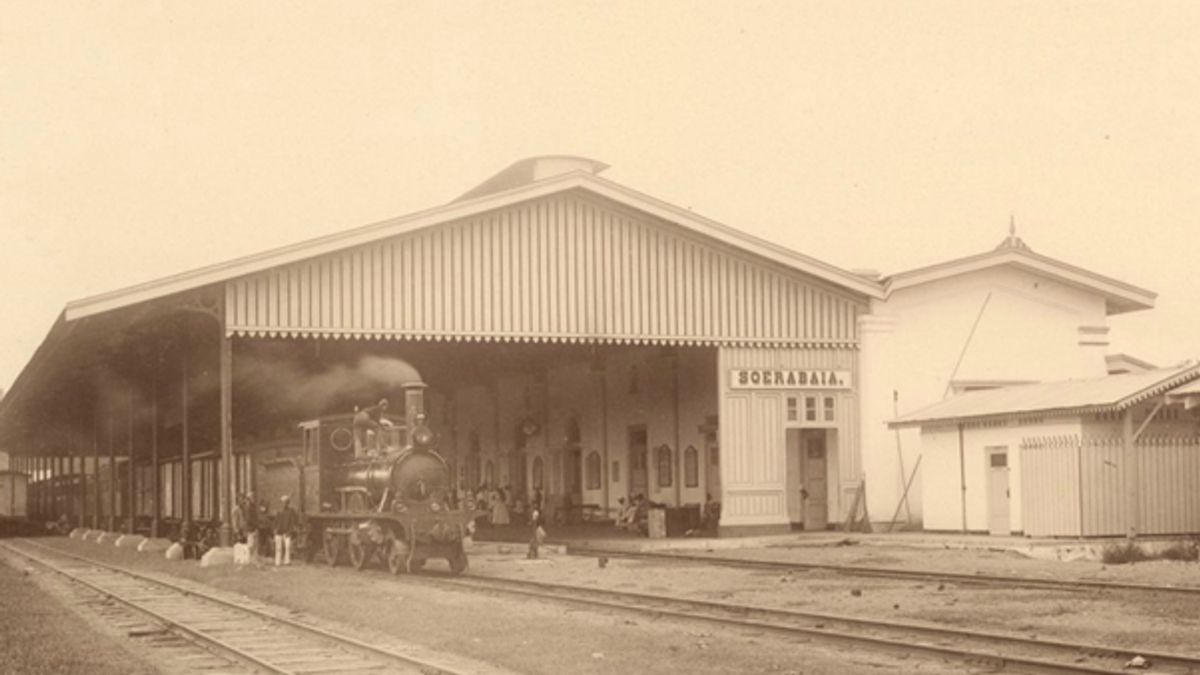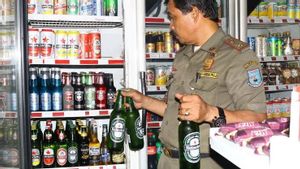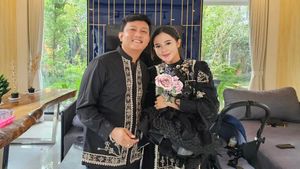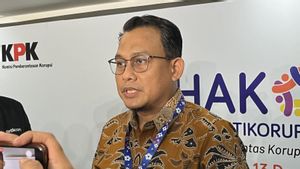
JAKARTA - Today, August 10 in the mid-19th century or more precisely in 1867, for the first time the railway line in Indonesia is officially operating. The line connects Semarang Station, Semarang and Responsibility Station, Grobogan, Central Java. The construction was a mandate from King Willem I. Apart from supporting economic activities, the train was also used for colonial military purposes.
Launching the website of the Ministry of Education and Culture, the first railway line in Indonesia was built during the reign of the Governor-General of the Dutch East Indies Baron Sloet van de Beele. The construction was carried out by the private company Nederlansch Indische Spoorweg Maatschappij (NISM).
The construction of the railroad began with the first excavation which was carried out on June 17, 1864. The rail line has a length of 25 kilometers and a width of 1,435 millimeters. This train line passes through two stopping stations, namely Brumbung Station and Alastua Station.

The first scheduled departure from Semarang Station was at 7 am and arrived at the Responsibility Station an hour later. Then in the afternoon, the train departs at 4 pm from Tanggung Station and arrives at 5 pm at Semarang Station. Train ticket prices vary, ranging from 0.45 guilders, 1.5 guilders, to 3 guilders. The trains also carry livestock, produce, and even carts.
Eight years later the Government of the Indies developed the construction of the state railway line, Staatssporwegen (SS). As quoted on the official KAI website, the first SS route covers Surabaya-Pasuruan-Malang.
Apart from Java, the construction of railway lines was also carried out in Aceh (1876), North Sumatra (1889), West Sumatra (1891), South Sumatra (1914), and Sulawesi (1922). In Kalimantan, Bali, and Lombok, only a study of the possibility of rail road installation has been carried out and has not yet reached the construction stage. By the end of 1928, the length of railways and trams in Indonesia had reached 7,464 km, with details of government-owned rails being 4,089 km and privately being 3,375 km.
Since 1876, the Dutch East Indies built various railway networks, with estuaries at the ports of Tanjung Priok, Jakarta and Tanjung Perak, Surabaya. Semarang was considered strategic at that time, but it did not have a port for goods so the goods were sent to Jakarta or Surabaya.

Over the decades, the train mode of transportation has become increasingly modern. In 1925, electric train technology entered Indonesia. This train uses an electric locomotive and the railroad network was built two years earlier, in 1923 to be exact.
This electric train first operated only in Batavia (Jakarta) to Buitenzorg (Bogor), then also made from Meester Cornelis (Jatinegara) to Tanjung Priok. This vehicle is now also known as Commuterline.
During the Japanese occupation, railroad operations were prioritized for war purposes. The construction of the railway line during the Japanese colonial period was the Saketi-Bayah and Muaro-Pekanbaru crossing. The line was built to transport coal mining products used to run war machines. Japan also demolished 473 km of rail and transported it to Burma for the construction of a railway there.
After Indonesia's independence, the Japanese-controlled railway stations and headquarters were taken over. The peak was the takeover of the Bandung Railways Headquarters on September 28, 1945, which is now the commemoration of Indonesian Railways Day. This takeover also marks the establishment of the Indonesian Railways Department of the Republic of Indonesia (DKARI). The Dutch returned to Indonesia in 1946 and re-established a railway called Staatssporwegen/Verenigde Spoorwegbedrif (SS/VS), a combination of the SS and all private railway companies.
However, after the Round Table Conference in December 1949, the assets belonging to the Dutch East Indies were taken over by the Indonesian government. The transfer is in the form of a merger between DKARI and SS/VS to become the Railway Department (DKA). Over time, the name of the railway company continued to change its name until finally what we know today is PT. Kereta Api Indonesia (Persero).
*Read other information about TODAY's HISTORY or read other interesting articles from Putri Ainur Islam.
Other MEMORIESThe English, Chinese, Japanese, Arabic, and French versions are automatically generated by the AI. So there may still be inaccuracies in translating, please always see Indonesian as our main language. (system supported by DigitalSiber.id)








